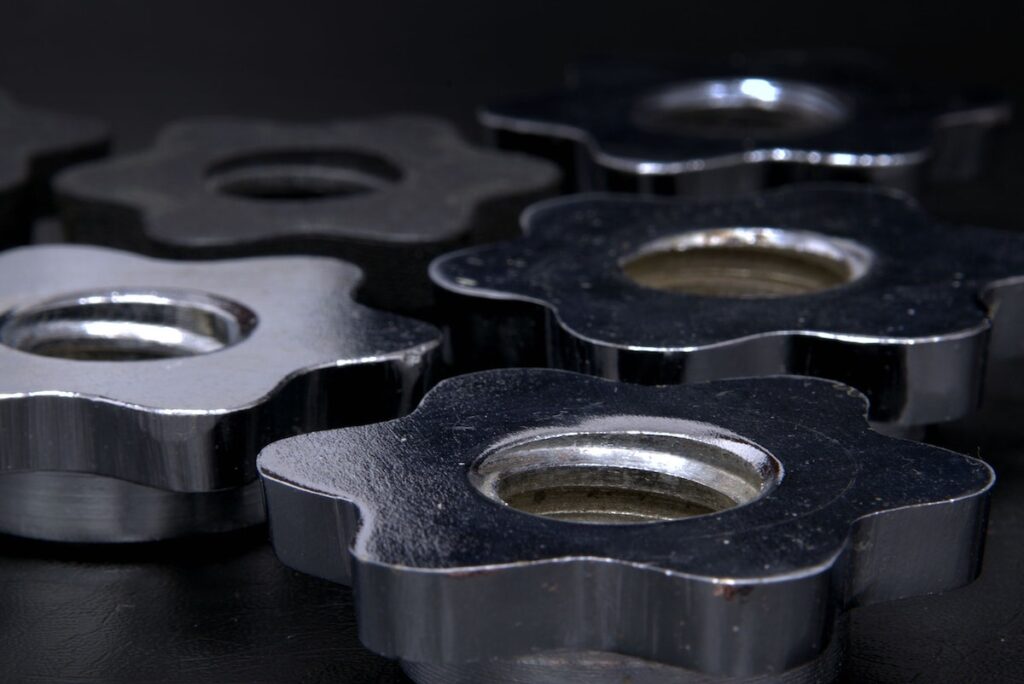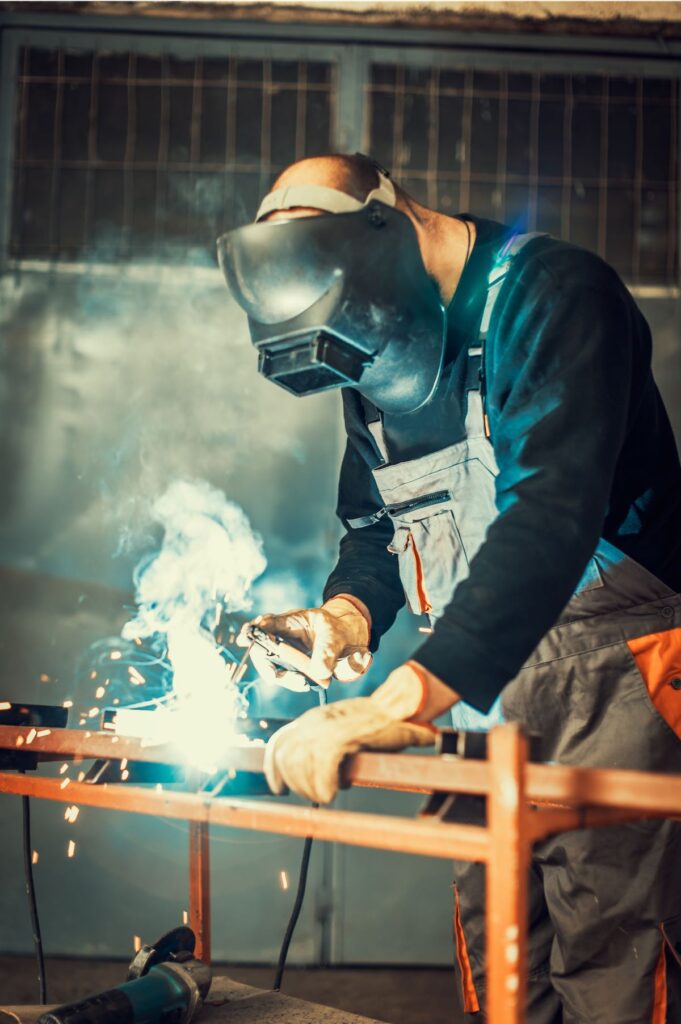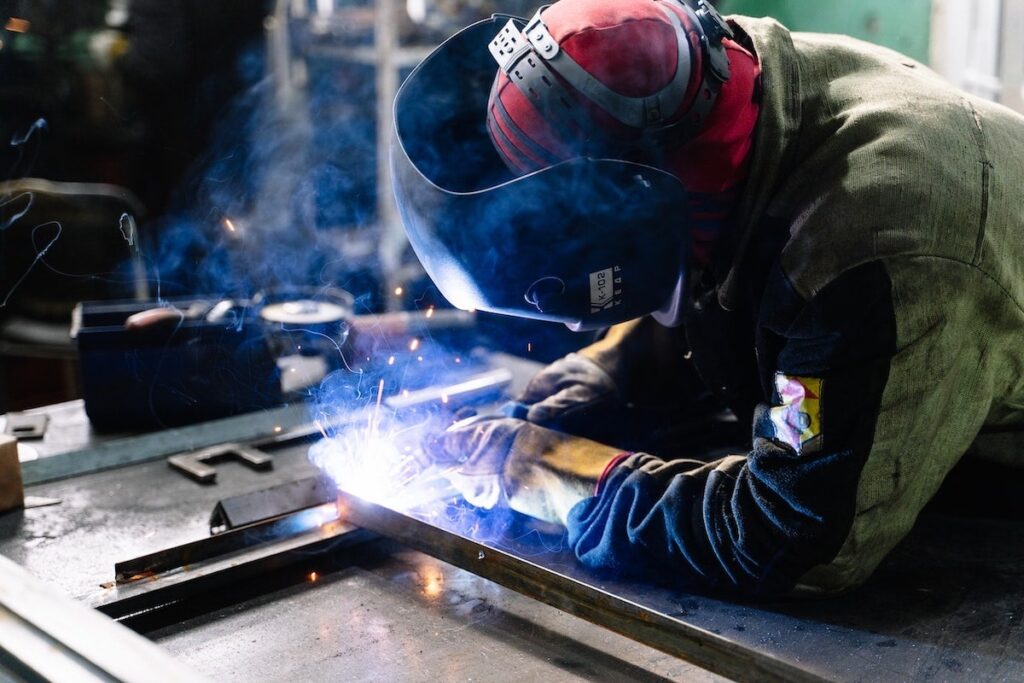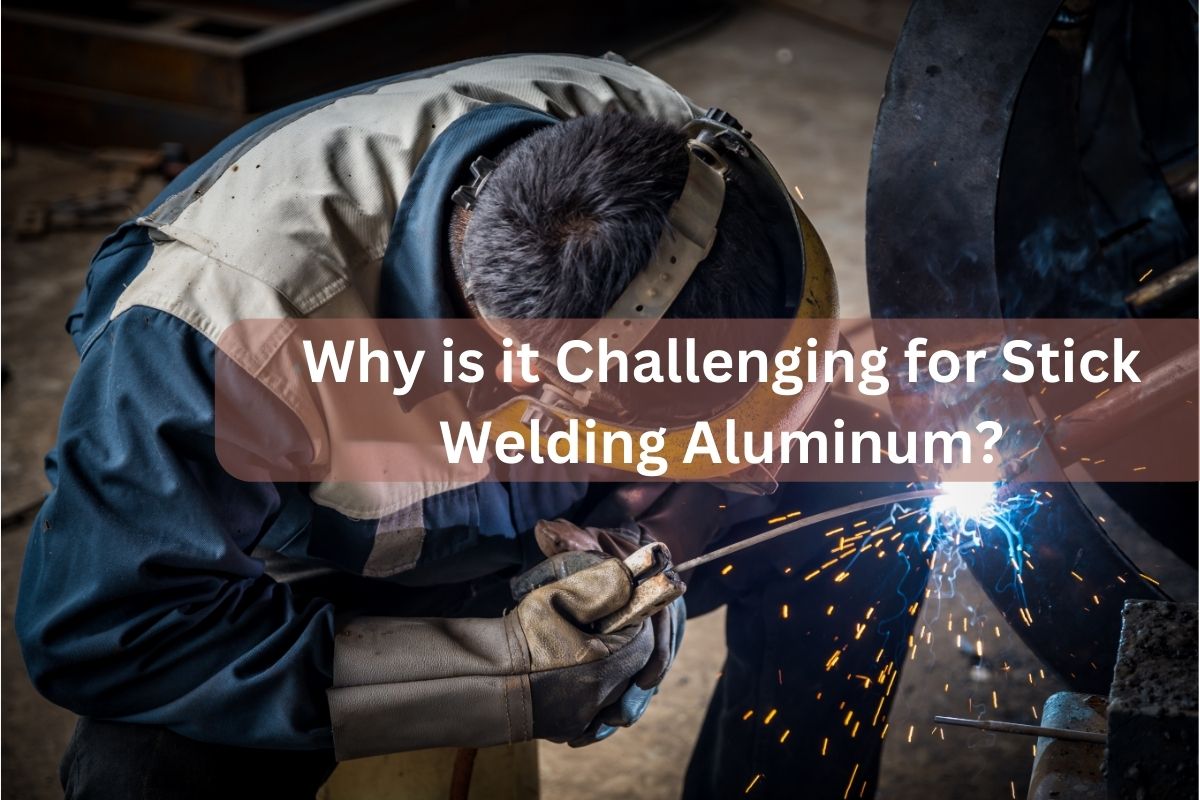In general, aluminum is difficult to weld beyond the stick welding method. Aluminum becomes a challenging material for most welders.
Find the answer, why stick welding aluminum is difficult, and what methods should be used!
Why is Welding Aluminum Difficult?

Aluminum is a challenging material to weld because it has a number of properties that make it difficult to machine.
Read Also : Stick Welding Cast Iron: 4 Simple Steps for Flawless Results
Several factors make it difficult to weld aluminum, including:
- Low melting point
Aluminum has a relatively low melting point compared to other metals, which makes it easier to melt and warp during the welding process.
- High thermal conductivity
Aluminum is a very thermally conductive material, meaning it conducts heat very well.
This can make it difficult to control heat input during welding, as heat can easily spread throughout the workpiece.
- High reflectivity
Aluminum is highly reflective, which can make it difficult to see weld puddles and weld joints during the welding process.
- Oxidation
Aluminum readily reacts with oxygen in the air to form a thin oxide layer on its surface.
This oxide layer must be removed prior to welding, and it tends to quickly reform during the welding process, which can cause problems with weld quality.
- Filler metal selection
Aluminum requires the use of a certain type of filler metal for welding, and selecting the wrong filler metal can lead to defects and weld weakness.
Overall, aluminum is a challenging material to weld, but with proper preparation and use of the right tools and techniques, high quality aluminum welds can be achieved.
Is it Possible to Stick Welding Aluminum?

Stick welding, also known as shielded metal arc welding, can be used to join aluminum (SMAW).
Yet, aluminum can be more difficult to weld than other materials and needs specialized methods and tools in order to be done correctly.
You will require the following materials to stick weld aluminum:
- An AC stick welder
Alternating current (AC) stick welders work better when welding aluminum than direct current (DC) stick welders.
Read Also : AC vs DC Welding: Which is the Best Fit for Your Needs?
- Special aluminum electrodes
Compared to regular electrodes, aluminum electrodes have a greater melting temperature and are made specifically for welding aluminum.
An organized workspace that is dry and clean is essential since aluminum is susceptible to contamination.
- A solid grounding configuration
For aluminum welding to be successful, the grounding configuration must be correct.
Verify that the welding cable is in good condition and that the ground clamp is firmly fastened to the workpiece.
- Adequate ventilation
Having enough ventilation is important because aluminum welding produces fumes that should not be ingested. To get rid of the fumes, be careful to ventilate the workspace.
Using the right method is crucial in stick welding aluminum to prevent flaws and guarantee the strength of the weld.
This entails keeping the arc length constant, utilizing the proper electrode angle, and ensuring sure the workpiece is prepped and clean.
Read Also: Stick Welding Stainless Steel: All Complete You Need to Know
What are the Best Ways to Weld Aluminum?

TIG, MIG, and plasma welding are three alternative methods that can be used to join aluminum. Thinner sheets are typically the focus of alternating current TIG welding.
A TIG torch works particularly well for welding butt joints.
For instance, you must ensure that the edge on the rear is broken if you wish to join two 2 mm thick sheets of aluminum.
The weld will be of great quality and have a nice root and proper wetting of the weld metal only then.
Because these torches can be utilized to create a higher melting rate through the wire, thicker sheets are best treated utilizing the MIG welding technique.
For filler welds, MIG torches are best because they can effectively introduce the welding filler.
Direct current plasma welding has the advantage of allowing for targeted heat transfer into the workpiece, but it is a highly difficult operation.
Another piece of advice: It’s advantageous to use a curved torch neck with a bend of at least 22 degrees when MIG welding aluminum.
As a result, you always have a forced contact that improves the performance of the wire and guarantees efficient current transfer.
Laser and laser-MIG hybrid processes can also be used to weld aluminum.
TIG welding with alternating current, however, is the method that is most frequently employed for aluminum.
So, hopefully this post helps answer your concerns about stick welding aluminum.


